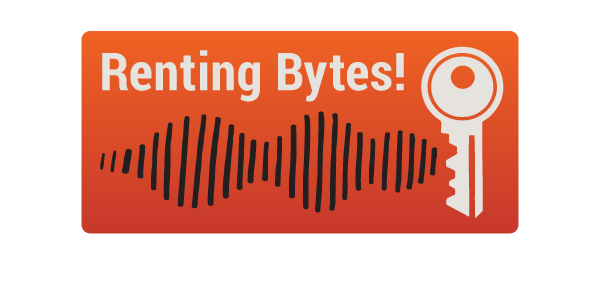Rents and migration – what does the data tell us?
Leo Patterson Ross • 19/12/2023
In the last couple of weeks, amplified by the Federal government, there has been a resurgence of the idea that pulling back migration numbers will ease pressure on our renting system.
Progressive and conservative voices critique this notion. For instance, the Naarm-Melbourne writer, renter and activist Hiero Badge and the former Reserve Bank economist Peter Tulip point out in different ways that if you want to resolve housing affordability, the problems and solutions are more homegrown.
We thought we should have a look at the evidence in NSW, particularly between the two most recent census periods which did see dramatic change in population across many different areas both from domestic, internal migration and international migration.
You can check out the dashboard, Population change and rents now. What it tells us is that there is a clearly strong link between vacancy rates and real rents – but there is not a strong link between population change and rent change. This is likely because people change their decisions based on how many properties are available. There is strong data that NSW continues to lose people to other states in part because of the affordability concerns.
We encourage you to explore the data dashboard and have a look at the experience across different areas. For instance, we can notice that rents in Ryde area in 2019 fell by more than 5% in real terms (compared to incomes), while in 2022 they rose by more than 7%. In 2019, 33% more migrants moved into Ryde than they did in 2022.
People often point to 2020/2021 inner city Sydney as an example of rents falling but there was a lot more going on than immigration – there was also the nearly total loss of amenity of inner city living, and significant worry about the medical and economic conditions. People were forced or chose to make significant changes to what kind of housing options they were able or willing to take up. It's those changes that appear to have lead to rent falls.
We joined with 40 other organisations in a statement organised by Everybody's Home. You can read the full statement here and express your support. But a brief excerpt:
The housing crisis has been decades in the making. Poor policy choices by successive governments have pushed up the cost of housing to unsustainable levels. Overwhelming evidence tells us the chronic undersupply of social housing and inflationary impacts of investor tax incentives are fuelling the current crisis.
Australia is one of the least densely populated countries on earth, yet is among the most expensive places to live. Rents rose more between March 2020, when borders closed, and February 2022, when borders fully reopened, than the entire decade prior. House prices similarly surged by 25 percent over the same period.
There is no easy 'fix' to the problem of the housing crisis, and no one strategy or set of interventions required. Governments across Australia must be brave and ambitious in reforms to our renting laws, to our tax settings, and in investment in public and community housing. Ensuring that we have enough homes for the community, in location, quality and prices that the community needs is what will resolve the housing and homelessness crises the country faces.





